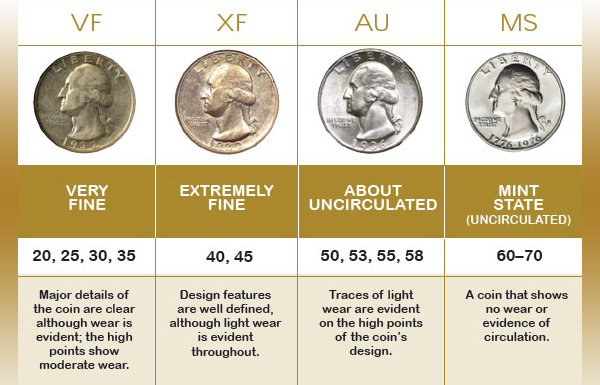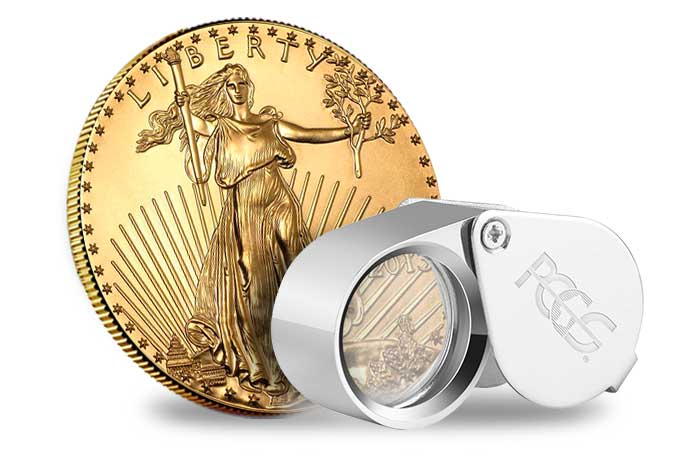The Comprehensive Guide to Grading Old Coins: Unraveling Their True Value

Table of Contents
When you find an old coin, its worth often goes beyond mere face value. From amateur collectors to professional numismatists, grading old coins accurately is a critical skill to understand their intrinsic value. This guide will unravel the secrets behind accurately grading old coins, significantly improving your numismatic prowess.
What Is Coin Grading?
Coin grading is the process of determining the condition of a coin. This practice is vital in the numismatic world as the coin’s condition significantly impacts its value. Old coins in pristine condition can fetch far higher prices than their worn-out counterparts.
Why Grading Old Coins Is Crucial
Grading old coins is essential for various reasons. It helps coin collectors understand the coin’s value, guides transactions in buying and selling, and ensures that both parties in a transaction understand the coin’s condition.
The Basic Steps in Grading Old Coins
- Preliminary Inspection: Your first task is a general examination of the coin. Look for signs of wear, damage, or alterations.
- Identifying the Coin’s Series: Each coin belongs to a series, like wheat cents or buffalo nickels. Knowing the series is crucial as grading standards often vary between series.
- Evaluation of Wear: Every coin has high points, areas that come into contact with surfaces, leading to wear. The amount of detail remaining on these high points gives an insight into the coin’s condition.
- Assessing Damage: Damage is any abnormal wear, such as scratches, cleaning, or corrosion. Damage drastically reduces the coin’s grade and value.
- Determining the Grade: Based on your assessment, assign a grade to the coin. The Sheldon Coin Grading Scale, ranging from 1 (Poor) to 70 (Perfect), is a widely used grading standard.
The Art of Grading Old Coins
Understanding Mint State
“Mint State” refers to coins that show no signs of wear, graded between 60 and 70 on the Sheldon scale. Subtle factors, like strike quality, luster, and surface marks, differentiate between these grades.
Evaluating Toned Coins
Toning, or the color change due to chemical reactions on the coin’s surface, can either enhance or detract from a coin’s value. Attractive toning can increase value, while unattractive or artificial toning may decrease it.
Recognizing Cleaned Coins
Cleaned coins are often easy to spot, as cleaning usually leaves hairline scratches on the coin’s surface, impacting its natural luster. Cleaning significantly reduces a coin’s grade and value.
Essential Tools for Coin Grading
When grading old coins, some tools are indispensable. These include a quality magnifying glass, a good light source, a reference book, and gloves to protect the coins from oils on your hands.
Professional Coin Grading Services
While grading coins yourself can be fulfilling, professional coin grading services like PCGS or NGC offer expert and consistent evaluations. These services authenticate and grade your coins, encapsulating them in protective holders with a label indicating their grade.
By mastering the art and science of coin grading, you can accurately determine the value of your old coins. Whether you’re an avid collector or just starting, understanding coin grading will ensure that you never underestimate the worth of the coins you come across. Happy coin grading!

